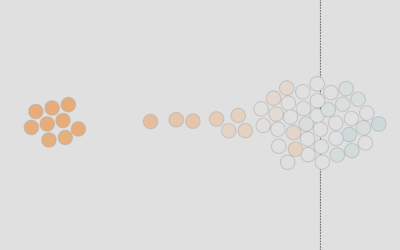Who Funds the World Health Organization
A couple of weeks ago — or maybe it was a couple of years ago, I’m not sure — the administration announced it would withdraw funding from the World Health Organization. Using the two-year budget from 2018-2019, here’s who contributes to WHO, broken up by contributor and contribution type.
WHO makes funding data available here, where they use four main contribution types:
- Assessed contributions — Kind of like member dues, based on population and economic factors.
- Specified voluntary contributions — Non-assessed and earmarked for specific purposes and programs.
- Core voluntary contributions — Non-assessed with flexible usage to run programs.
- Pandemic Influenza Preparedness (PIP) contributions — Funding for a framework to “implement a global approach to pandemic influenza preparedness and response.”
For the 2018-19 period, the United States contributed $893 million, or about 16 percent of the WHO’s overall $5.6 billion budget. The Bill & Melinda Gates Foundation contributed the second most as specified voluntary contributions of $530 million.
Become a member. Support an independent site. Get extra visualization goodness.
See What You Get





